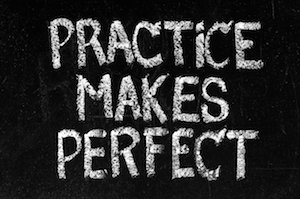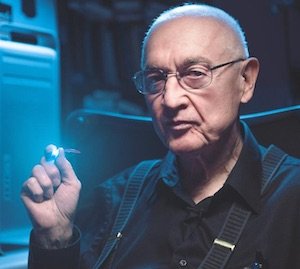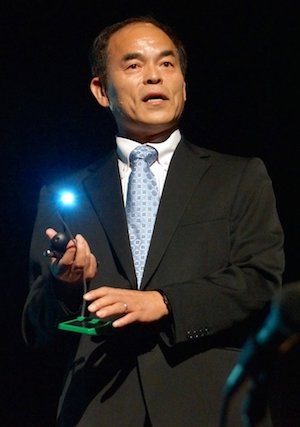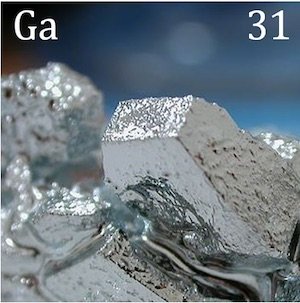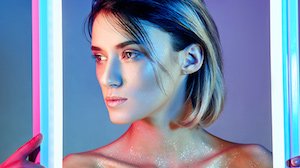Reading
Blue LEDs
Blue light-emitting diodes are central to the energy-efficient lights illuminating homes, offices and electronic displays. "If we look at the landscape of technology, there's the transistor and the integrated circuit, and then there's the blue LED," says Fred Schubert, an electrical engineer.
The blue LED is the crucial ingredient for white LED lamps, which are rapidly replacing incandescent bulbs. Edison's classic invention uses a filament that emits light in a range of colors that together look white. But a lot of electricity gets wasted heating the filament rather than generating light.
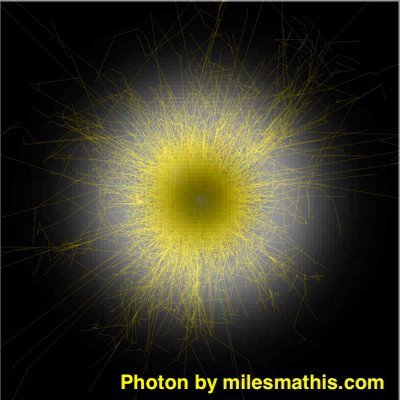
LEDs are far more energy efficient because they use electrons to generate photons. LEDs are made out of layers of semiconductors, materials similar to the ones in computer chips. Some layers have an excess of electrons; others have a deficit, leading to the emergence of positively charged holes where electrons should be. Combine the electrons and holes in a concentrated area and they emit light.
In 1962, Nick Holonyak at General Electric serendipitously discovered the first semiconductor diode to emit visible light when he turned off the lights in his lab and noticed a sample of gallium arsenide phosphide glowing red. From there, scientists rapidly developed LEDs that emitted red and green light. But attaining blue, which is essential for creating a variety of other colors including white, remained a major challenge. Blue light is at the high-energy end of the visible spectrum, and there aren’t many materials that can coax electrons to emit such high-energy light.
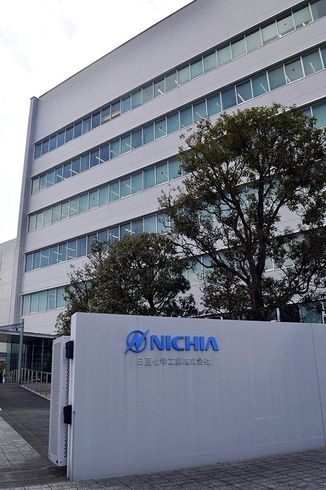
By the early 1990s, Nakamura, working at Nichia Chemicals, a chemical engineering company, developed a method to simply and cheaply produce blue LEDs. The discovery caused acrimony. Nichia initially paid Nakamura about $200 for his invention even though the company had told him not to pursue blue LEDs; he had come into the lab late at night to perform the research. Nakamura sued Nichia, and in 2005 the company settled with him for about $8.1 million.
The researchers' discovery arrived during the golden age of CDs and just before the advent of DVDs, Schubert says, so the first application was the development of blue lasers which soon enabled high-capacity Blu-ray discs and more precise laser printers. In 1996, Nichia engineer Yoshinori Shimizu combined blue LEDs with a yellowish coating called a phosphor to create a device that emits white light. Now white LED bulbs last up to 100,000 hours, compared with 1,000 hours for an incandescent bulb.
Technology based on blue LEDs is ubiquitous today, to the tune of a $15 billion industry. Besides illuminating homes, streets and offices, LEDs serve as the backlight for many electronic displays, resulting in energy-efficient televisions and longer battery life for laptops and smartphones.
Energy-sipping LEDs can help provide light to the roughly 1.5 billion people worldwide with no access to electrical grids. Besides, lighting accounts for about 20 percent of the world's electricity usage. "If we replace existing lighting with LEDs, we could save half of that electricity," he says, eliminating the need for about 500 large power plants.
Andrew Grant, Science News, 07 October 2014
